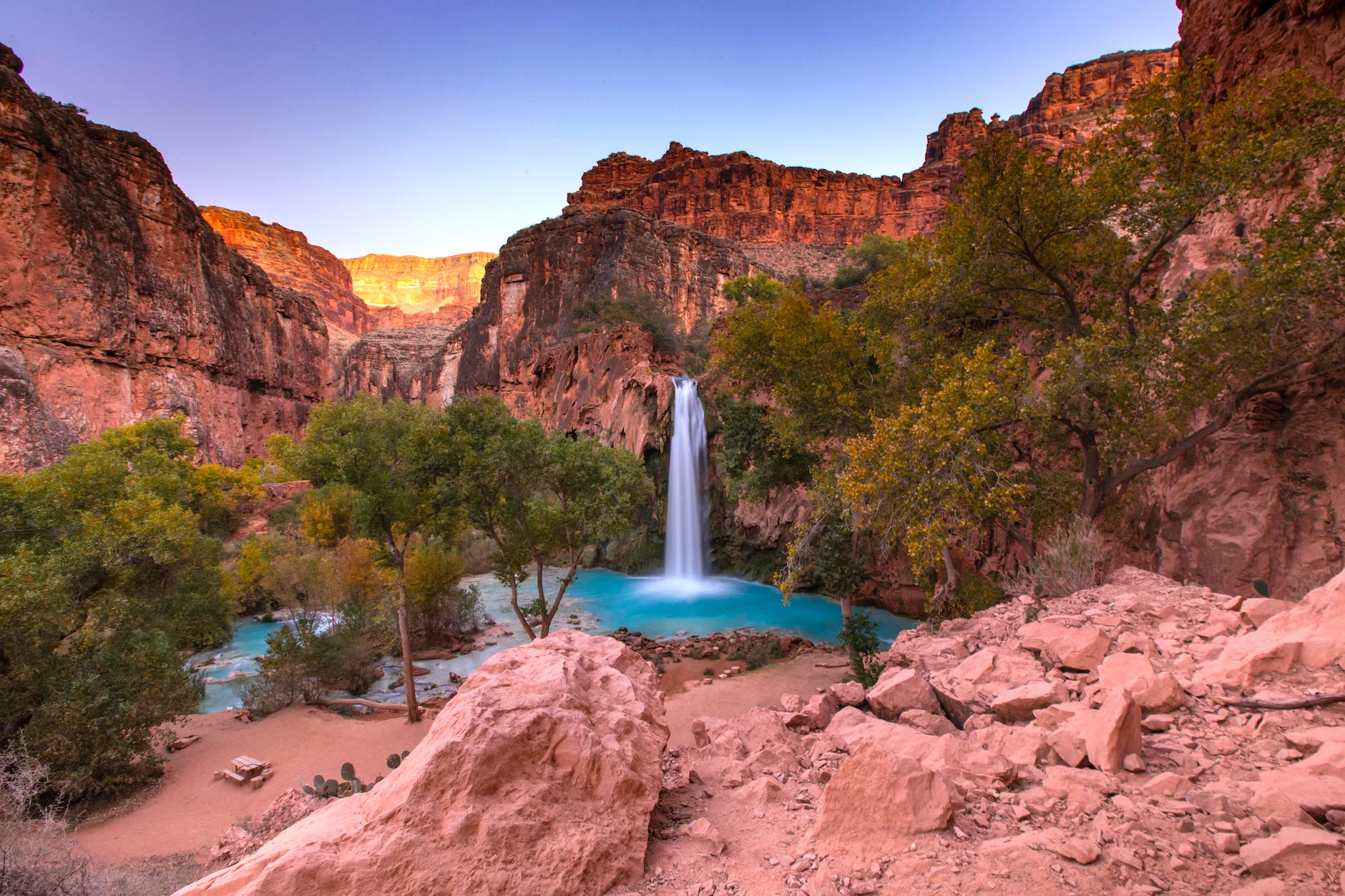Art has always been an outlet for the human experience, with artists using various mediums to represent their perceptions of the world. Among the vast and versatile art forms, Psychedelic Art stands out for its vibrant representation of the human psyche’s intricate workings. This art form is characteristically associated with depicting an individual’s altered states of consciousness. The visual representation is often wavy, vibrant, and expansive, symbolizing a journey into the realm of the subconscious.
Experiences with altered states of consciousness can be profound; they often involve spiritual experiences that unequivocally hack through the mundane. They represent a certain kind of mystical yet tangible connection with the ethereal world. Art enthusiasts often perceive Psychedelic Art as a method to map the transcendent. It serves as a tool to decode the ethereal into a representational picture that mirrors these spiritual experiences.
The term ‘Psychedelic Art’ itself suggests a connection to psychedelic substances and their impacts on human consciousness. These substances often induce visions that become the subject of the artist’s canvas. They can be as subtle as a change in perspective or as profound as a complex spiritual revelation. Psychedelic Art captures these visions, translating the ephemeral into the tangible, making it an expressive channel for profound mystical insights.
Psychedelic Art pushes the boundaries of human cognition. It does more than visually representing a thought or an experience; it intersects with the field of neurobiology, touching upon the diverse processes of our brain. In essence, Psychedelic Art is all about representing the unseen, the unfelt, the unthought through the known: art. Using neurobiology’s insights, it attempts to approximate the workings of the human mind during altered states of consciousness and depict them visually.
One of the intriguing aspects of Psychedelic Art is the exploration of synesthesia. Synesthesia is a neurological condition where stimulation of one sensory pathway leads to involuntary experiences in another sensory pathway. In other words, it is a cross-wiring of senses, where one might ‘see’ sounds or ‘taste’ shapes. This phenomenon plays a significant part in the creation of Psychedelic Art, with artists translating sensory experiences visually, lending a new dimension to our perception of art.
Our perception of reality revolves around cause and effect, yet when it comes to divine connections, these rules collapse. Art influenced by such experiences challenges our perception. From divine dreams to godly associations, this genre symbolically breaks down the limitation and lets the artist express the elusive. It captures the spirit of 🏳️divine connections through the blending of colors, the depth of images, and the refined intricacy of details.
Psychedelic Art fills the canvas with bright imagery, fantastical beings, and mystical patterns that mirror the complexity of the human mind. It acts as a portal, visualizing inner landscapes, creating a journey within the psyche. It represents not only the altered state of consciousness, but the methods used to achieve it, such as meditation, chanting, or psychedelic substance use. This journey into the collective subconscious, the multihued and intricate artwork, paints the depth and breadth of the human mind.
In conclusion, Psychedelic Art is a distinct form that amalgamates science, psychology, and spirituality. Its roots run deep into the human experiences of altered states of consciousness, spiritual connections, and transcendent visions, ultimately serving as a visual testament to the mysteries of the psyche. It represents a testament to higher states of consciousness, often influenced by mystical and spiritual encounters, ultimately pushing the boundaries of artistic expression.





